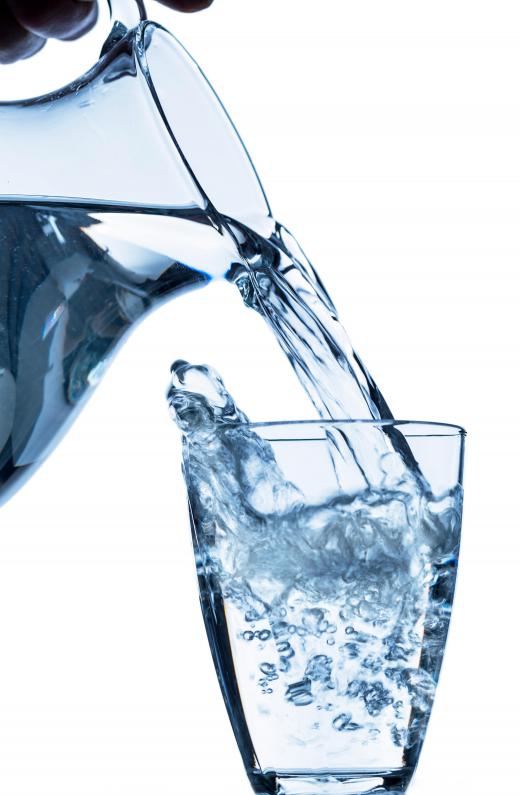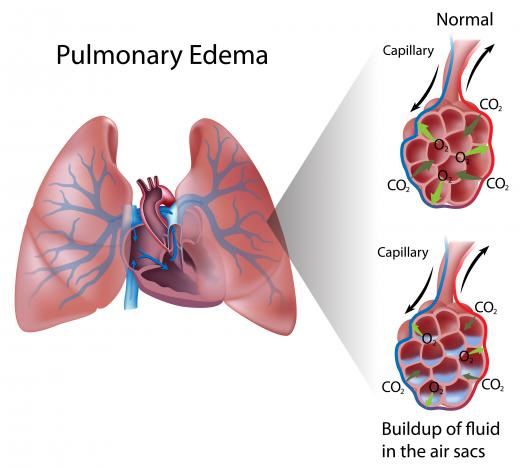What Is Hydrostatic Pressure?
Hydrostatic pressure is the force that fluid molecules exert on each other because of the Earth’s gravitational pull. This force occurs whether the fluid is in motion or at a complete standstill, and it forces fluids forward or outward when encountering an area of least resistance. It is this energy that forces water out of a hole in a paper cup, gas from a leak in a pipeline, and blood out of vessels into surrounding tissues.
Increased elevation increases the amount of hydrostatic pressure. Fluid flowing downward gains increased pressure as well, which causes water traveling over waterfalls to flow faster than water running down the stream to the fall. Temperature is another factor that affects pressure because when temperatures increase, molecules move at a faster rate, increasing the pressure.

Industries commonly use hydrostatic pressure testing methods to ensure that fluids remain in contained environments. Testing not only ensures that pipelines and other types of containers have no leaks, but also verifies that materials can withstand increased pressure from possible environmental changes. It is not unusual for companies to exert internal forces 150 times greater than normal, while monitoring pressure changes with instrumentation.

Blood vessels have a unique way of maintaining proper pressure throughout the body. Arterial capillary hydrostatic pressure normally measures 35 millimeters of mercury, or 35mm Hg. Venous capillary pressure typically measures 15mm Hg. The force behind the heart’s contractions along with gravity pulling blood away from the heart causes increased pressure. The porous nature of venous capillaries also decreases the pressure of flowing blood.

The liquid constituents of blood naturally flow through the pores into the interstitial tissues because of this pressure, leaving behind lipids, proteins, and particles too large to escape. This typically lowers venous pressure. Conversely, pressure increases within tissues exerts force back toward the capillaries, which is called hydrostatic osmotic pressure. While osmotic pressure pushes fluids toward the capillary pores, the electrical charges of the solids within the vessel cause molecules to bind as they flow in the blood. This reaction is called the Gibbs-Donnan effect.

Osmotic pressure and the Gibbs-Donnan effect working together, draw fluids from the interstitial tissues into the plasma, which is referred to as colloid osmotic pressure. When the body perceives an abnormally low amount of venous pressure, the arteries generally compensate by constricting. When vessel damage occurs, plasma contains an insufficient number of solids, or arterial pressure decreases, then edema, or swelling, occurs.
AS FEATURED ON:
AS FEATURED ON:















Discuss this Article
Post your comments